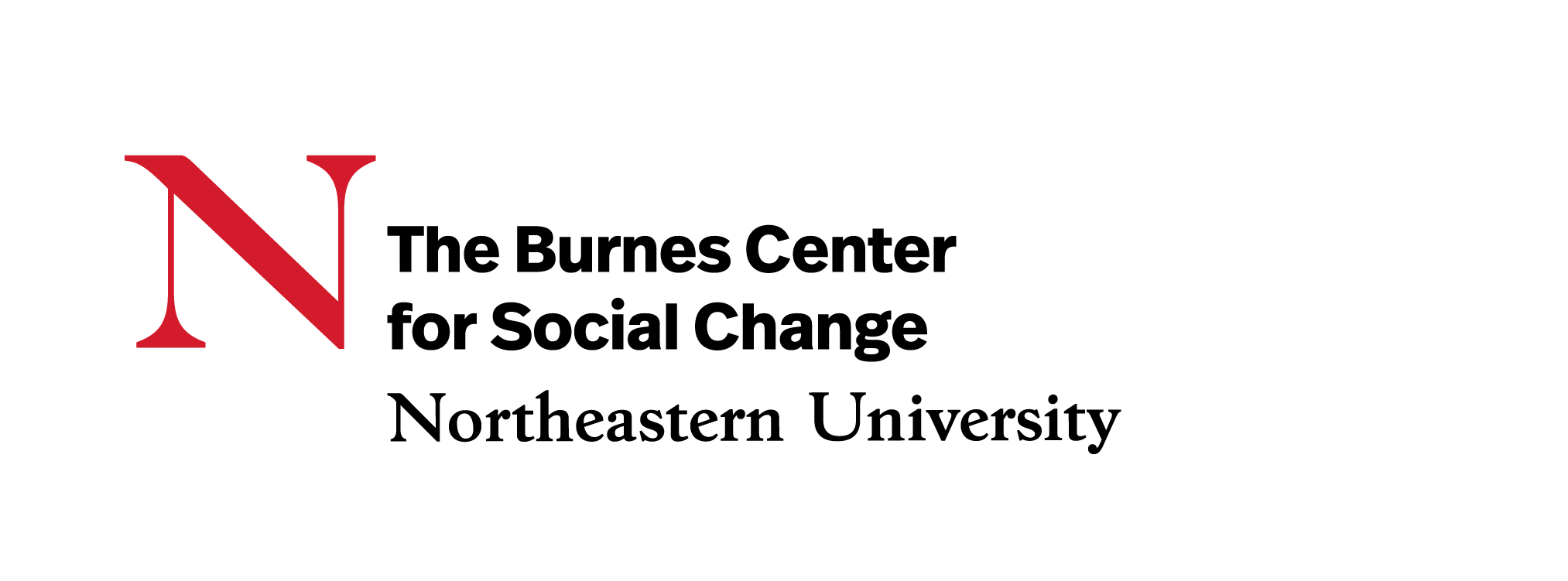Surrounded by Silicon Valley, San Francisco leaders saw a golden opportunity to improve the lives of residents by bringing private sector talent to bear on pressing City problems. Civic Bridge -- a 16-week program teaming up city staff and private sector experts to design better City services -- enables San Francisco to do just that.
Civic Bridge unleashes the power of skilled volunteers to help solve San Francisco’s biggest problems. Early on the City hosted one-off “hack-a-thons” that generated a lot of good ideas. But these sessions left city staff with no clear roadmap for implementation. In 2015, the Mayor’s Office created a volunteering program to help innovation generate real change. Civic Bridge brings the private sector and City departments together to co-create, design and implement improved City services. Today San Francisco’s Office of Civic Innovation (OCI), housed within San Francisco’s Department of Technology, runs the program.
Civic Bridge works with city agencies to select a problem to tackle -- such as improved access to affordable housing or better management of non-emergency 911 calls. OCI then recruits a cohort of volunteer technologists and designers from Bay Area tech companies. These volunteer experts spend the next four months with City staff collaborating on a solution.
While the experts and City team innovate, OCI provides guidance and helps to identify resources. Dee Prasad, Interim Director of OCI, says Civic Bridge helps to “facilitate the matches” between City departments and the private sector:
“When [the private sector] went directly to a department they spent a lot of time trying to find a way to work together - and departments are busy. So we aim to do it in a more strategic way by asking ‘where do we know there is a need?’ and use our city-wide perspective such as the Mayor’s priorities as a guide.”1
Companies looking for pro bono projects to inspire and reward employees connect with City departments in need of professional skills they can’t source in-house. Companies find partnering with the City through a single entry point easier than one-time partnerships that must be constantly negotiated, and Civic Bridge’s organized and tested approach incentivizes companies to participate with the promise of well-scoped projects. In turn, City departments benefit from access to highly-skilled professionals whose contributions are relevant and reliable, with companies committed to releasing staff for 20 percent of their weekly working hours during the program.
One of the first issues tackled through Civic Bridge was improving the City’s application process for affordable housing. Originally, applicants had to apply with different forms for every public housing opportunity. This excessive paperwork created unnecessary stress for thousands of low-income residents. First, a Civic Bridge team of Google engineers and City staff went “secret shopping” and put themselves in the shoes of residents looking for housing to understand the problem. Then, using Google’s expertise in human-centered design, the team worked with residents to come up with a list of what a new, centralized, online portal would need to help residents apply more easily. This list included streamlined applicant requests, information storage and fewer forms. After a design phase, the City published a request for proposal to bring the portal to life. Today, 85 percent of applications are processed through this website, which requires residents to complete just one application form.
The result?
What started as a pilot program in 2015, has grown to include the work of 250 volunteers on 49 projects, sourcing an estimated $US 3.9 million in pro bono contributions. The 2019 cohort comprised nine teams working on things like improved transitional housing, more efficient street cleaning, and improved access to City services for transgender communities. Civic Bridge was also announced as a winner in the 2019 Engaged Cities Awards, which is organized by the nonprofit Cities of Service to recognize cutting-edge techniques that engage residents to solve problems.
Figure 1: Screenshot from the Office of Civic Innovation website (Source: https://www.innovation.sfgov.org/civic-bridge)
Krista Canellakis, former Chief Innovation Officer of San Francisco, explains that this type of co-design process can help transfer skills and interests between the public and private sectors.2 City staff get to apply new learning to their work more broadly and private sector volunteers gain a new appreciation for the complexity of City problems, which can spur volunteers to give more time in support of civic good.
While larger companies sometimes have more resources and established infrastructure for pro bono partnerships, Civic Bridge is working on building ways for smaller companies to contribute. Canellakis is aware of this challenge, especially since working with larger companies with HR departments capable of coordinating volunteers can reduce work for the City. Employees of larger companies are also more likely to be allowed to take on pro bono commitments. Smaller start-ups sometimes struggle relinquishing employees for the 16-weeks needed for a project sprint. However, the City continues to grow Civic Bridge and is working to make its programs more accessible to different kinds of organizations. Recently, Civic Bridge introduced a “Day of Service” model, which identifies innovative tasks that can be addressed in a single day, making it easier for small companies to play a role.
How does it work?
City departments submit applications to OCI to be a part of an annual cohort. Projects that align with Mayoral and departmental priorities (where the department has committed resources for solutions to be implemented) are more likely to be chosen. OCI staff then prepare selected departments for external partnerships by helping them to map out an appropriate scope. OCI staff know sixteen weeks will go by more quickly than expected and also assist by gathering relevant data from around the City. OCI staff then market the project to company leaders to recruit volunteers.
After blended teams of four to eight people from the City and a company have been assembled, these groups spend six to ten hours per week working on their projects. The first eight weeks are focused on understanding the problem, while the second half of the program is directed at designing solutions and preparing recommendations in consultation with departments. Kick-off and mid-program meetings with the entire cohort help generate momentum and keep projects on track. OCI staff also check in weekly with teams to monitor progress, help identify “low hanging fruit” for quick wins and guide implementation planning. Each team presents their work at a public event called “Demo Day” attended by the Mayor and program outcomes are shared widely on social media and via blog posts and newsletters.
After a cohort’s 16 weeks of collaboration is complete, OCI staff meet with City departments at 6 and 12 month intervals to assess a solution’s implementation and its impact. They also conduct surveys and publish insights about project outcomes.
OCI structures Civic Bridge to create intimate, engaged teams that can steer meaningful work at different levels. A cohort of volunteer teams all start at the same time and project teams are kept small. OCI has a project manager assist teams and track progress, with a senior manager (half-time) to oversee corporate partnerships. Each team is also assigned a City executive to champion the work.
Why It Works
The success of Civic Bridge can be attributed to:
- An innovative business model: By conceiving of companies as co-designers of solutions, rather than the city as ‘purchaser’ and company as ‘provider’, Civic Bridge acts as a platform for a new kind of value exchange that was previously unrealized.
- Structured support: Substantial effort goes into project scoping to provide for a sense of accomplishment that motivates stakeholders and generates buy-in.
- Strong incentives to participate: Pre-commitments by the City (such as Mayoral priority projects with allocated resources and pledged in-kind staff support from private companies for an extended timeframe) can make it an attractive program for both company staff and city departments to participate in compared with traditional volunteer programs.
- Efficient delivery: OCI’s project guidebooks include templates for projects and setting clear expectations, as well as the necessary forms and standard emails that make it quick to set up new projects.
- Strategic alignment: Projects are consistent with Mayoral priorities which supports buy-in throughout the city administration.
Listen to the podcast episode with city planner Amardeep ‘Dee’ Prasad here
- Dee Prasad, City of San Francisco, Interview, November 26, 2019.
- Interview, Krista Canellakis, formerly of City of San Francisco, Interview, October 27, 2019

